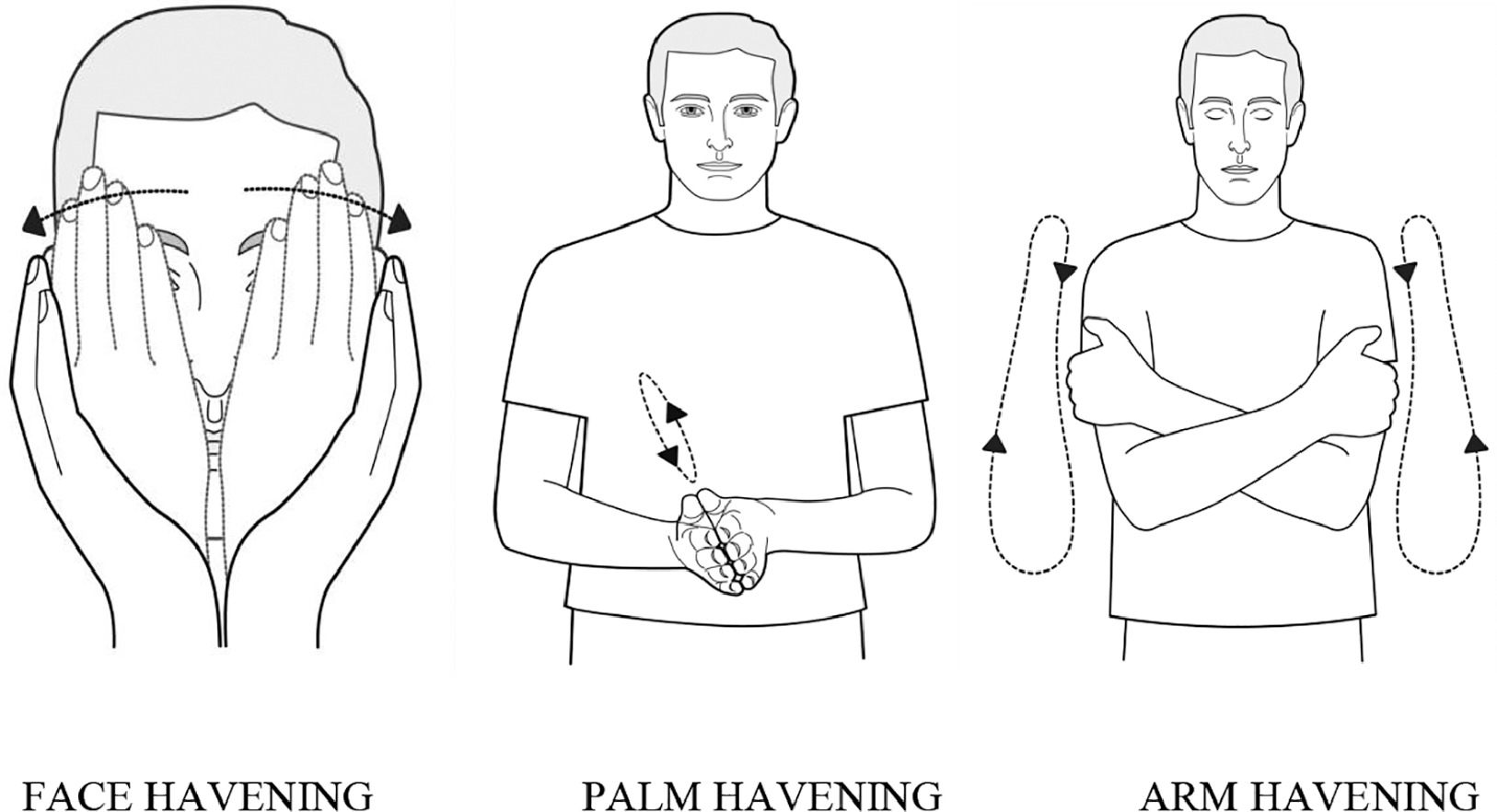Havening Techniques help people process and release emotional distress. Combining the latest insights from neuroscience with the power of gentle touch, Havening provides a safe and effective way to address trauma, anxiety, and other emotional challenges. The name “Havening” comes from the word “haven”—a safe and secure place—which is what these techniques aim to create for individuals seeking emotional healing.
At its heart, Havening is about empowering the brain to heal itself. This technique uses soothing touch on the arms, face, or hands while focusing on specific thoughts or feelings. The process is simple yet transformative, allowing the brain to disconnect painful emotions from past events. Unlike traditional talk therapies, which often rely on analysing and revisiting difficult experiences, Havening works on a physiological level to rewire how those memories are stored.
The science behind Havening is both fascinating and accessible. When we experience trauma, the brain encodes the memory in the amygdala—the brain’s emotional hub. These memories can become “stuck,” leading to ongoing feelings of fear, anxiety, or distress. Havening touch activates slow delta brain waves, which are associated with deep relaxation and a sense of safety. These waves help the brain weaken or disconnect the neural connections tied to the traumatic memory, effectively neutralising its emotional impact.
In addition to the calming touch, Havening often incorporates distraction techniques, visualisation, and affirmations to enhance its effects. This combination helps create an environment where the nervous system feels safe and supported, enabling the brain to let go of unhelpful patterns and responses. It’s like giving your brain a chance to hit the “refresh” button.
How to Self-Haven: A beginner's guide
One of the wonderful aspects of Havening is that you can practice it on your own. Self-Havening is simple and can be done anywhere to reduce stress and promote emotional balance. Here’s how to get started:
- 1. Find
a Quiet Space: Choose a comfortable and quiet environment where you
won’t be interrupted.
- 2. Choose
your distractions: One way Havening works is by activating a memory
that is annoying or distressing and then distracting our brain from that
memory while applying havening touch. Havening helps to create a calm
state that enables our brain to process and disconnect from the distress while
we are being distracted. It’s important for you to decide which
distractions you will use before you start havening. Distractions could include:
- *Humming a favourite tune or counting aloud backwards
- *Recalling a positive or comforting memory
- *Imagining achieving a goal
- *Describing how to do a favourite activity of yours- cooking a favourite dish or playing a favourite sport
- 3. Set
an Intention: Think about the feeling, thought, or memory you want to
work on. For example, it might be a stressful situation or a specific
fear. Rate your level of distress on a scale of 1 to 10.
- 4. Begin
soothing Havening touch: Use both hands, cross your arms over your
chest to gently stroke your arms from shoulders to elbows. You can also
softly stroke your face or rub the palms of your hands together if that
feels comfortable. The key is to create a calming and rhythmic motion.
- 5. Distract
your mind: While continuing the touch, distract your mind with
something positive or neutral, as decided in step 2.
- 6. Notice
the Shift: After a few minutes, pause and check in with yourself. How
does the distress feel now? Has your rating on the 1 to 10 scale
decreased? Continue until you feel a sense of relief or calm.
- 7. Close
the Session: Take a few deep breaths and express gratitude to yourself
for taking time to care for your emotional wellbeing.
Self-Havening is a gentle yet powerful tool you can use whenever you need to reduce stress, calm anxiety, or re-center yourself.
Why choose Havening?
Havening is a versatile, accessible and gentle tool to work through life’s challenges. It can be used to address a wide range of issues, from PTSD and phobias to low self-esteem and chronic stress. Whether you’re working with a trained practitioner or learning self-Havening techniques, this approach is non-invasive, empowering and you can have fun with it!
Havening isn’t just about managing symptoms—it’s about creating lasting change and resilience. If you’re looking for a way to reclaim your emotional wellbeing, Havening offers a safe and effective path forward.
